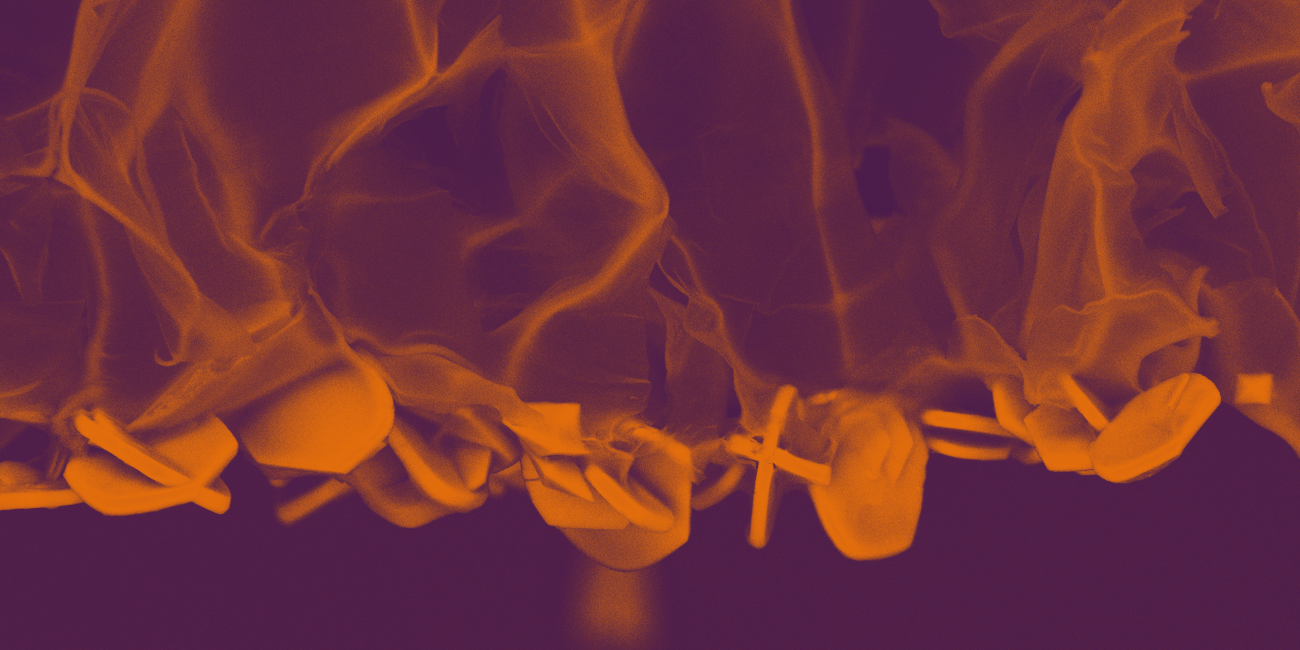Geomaterial Science

Ongoing Projects
Formation Mechanisms of Calcium Phosphate Plaques and Attached Calcium Oxalate Kidney Stones

Project Leaders
- Ingo Sethmann and Hans-Joachim Kleebe
Description
Calcium oxalate (CaOx) kidney stones are a major health problem, the causes and pathogenesis of which are not entirely clear. For most CaOx stones, a precondition appears to be the formation of calcium phosphate (CaP) precipitates in extracellular tissue of the kidney. These calcifications, called Randall’s plaque (RP), form presumably during urine production in the tubular system of the kidney, when ions become reabsorbed and diffuse into the surrounding tissue. A local increase in pH-value and the concentrations of calcium and phosphate ions can induce an increasing CaP supersaturation of the body fluid in the kidney tissue. CaP minerals precipitating in the tissue may lead to lesions in the epithelium, where they come in contact with urine of the renal pelvis. Subsequently, CaOx stones form from urine by crystal growth at these RP surfaces.
However, the conditions of RP formation are not well known and the role of RP in the formation of CaOx stones is not entirely clear. Therefore, CaOx kidney stones and especially adherent RP will be investigated for their microstructures and local chemical and mineralogical composition with the aim of drawing conclusions about mechanisms of their formation. In complementary model experiments, based on ion diffusion in gelatin and collagen hydrogels, the formation of CaP plaques will be simulated, followed by a chemical and structural characterization. Finally, it will be studied experimentally, which processes induce CaOx precipitation on RP.
Understanding the mineralization processes underlying RP and CaOx kidney-stone formation will support the development of preventive medical treatments.


